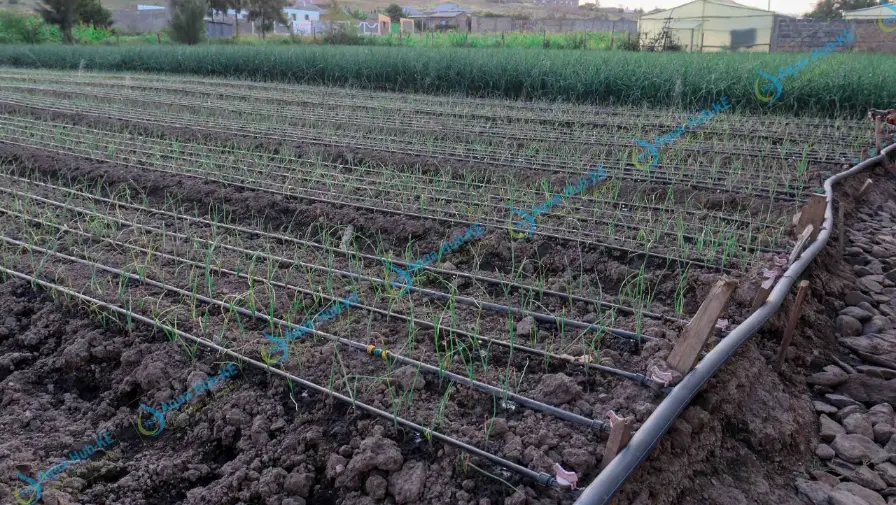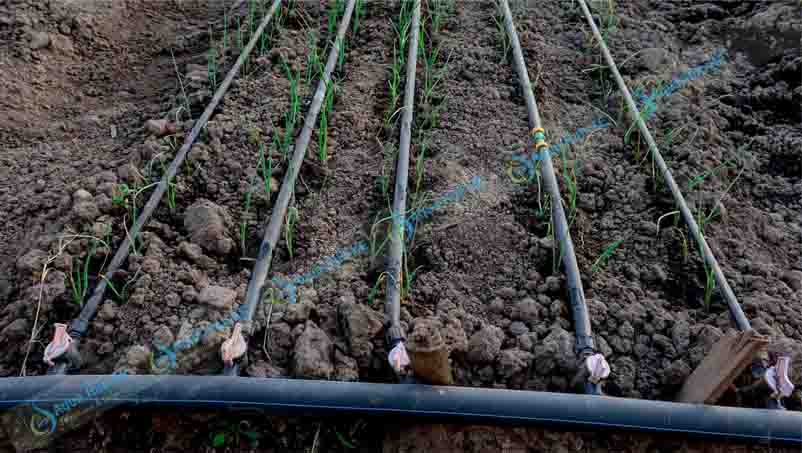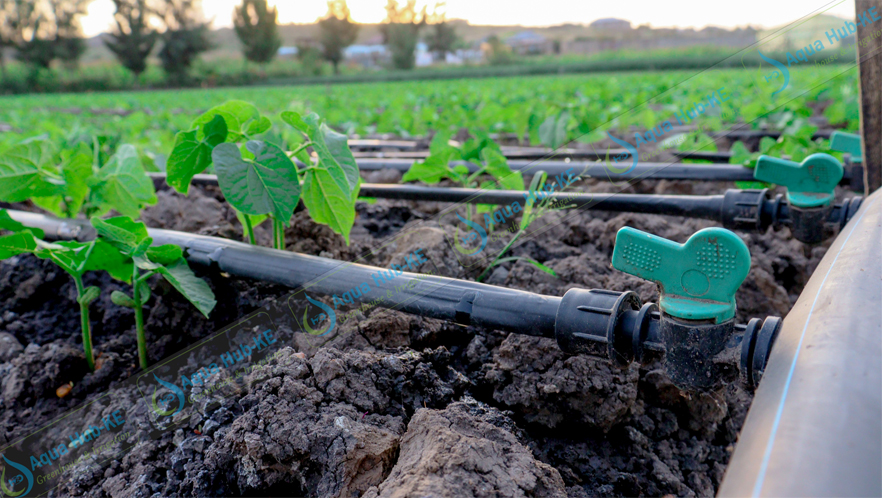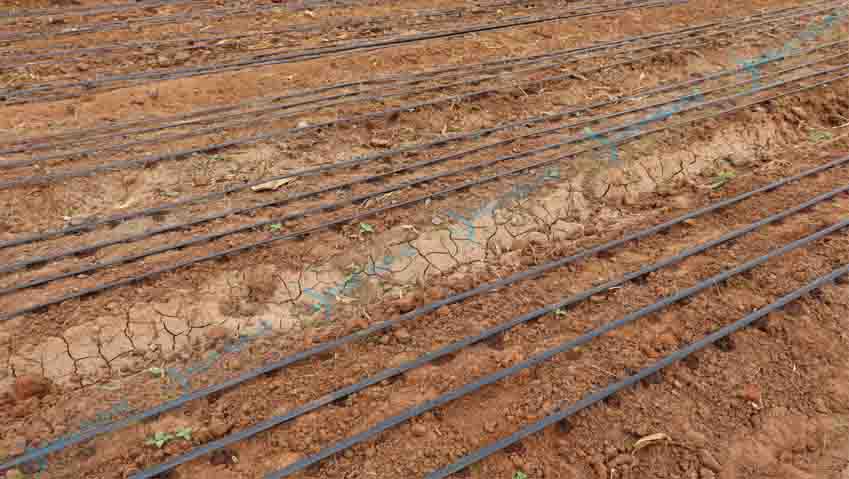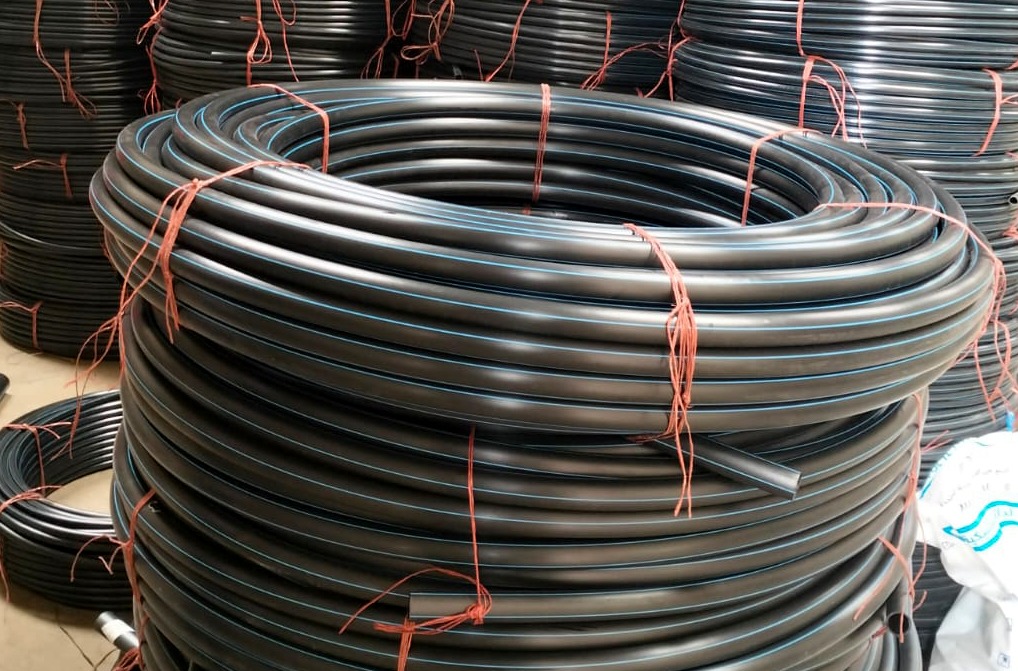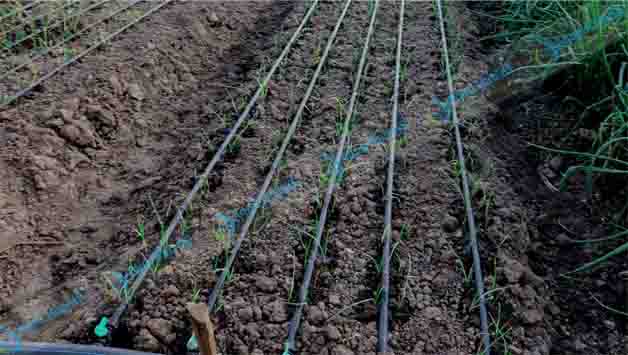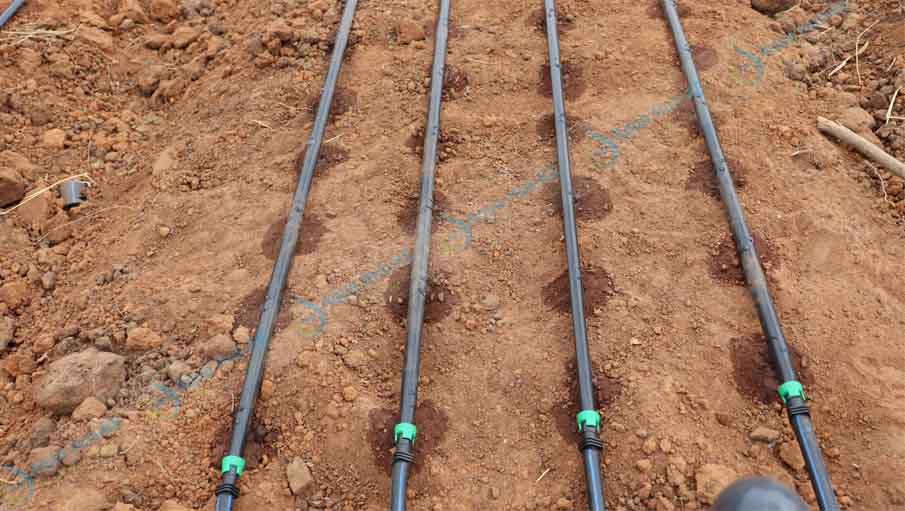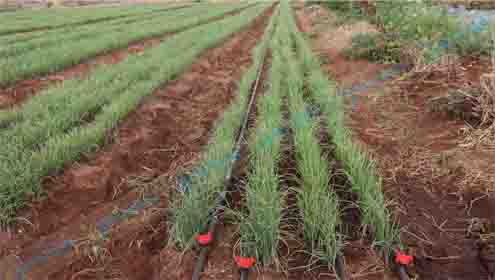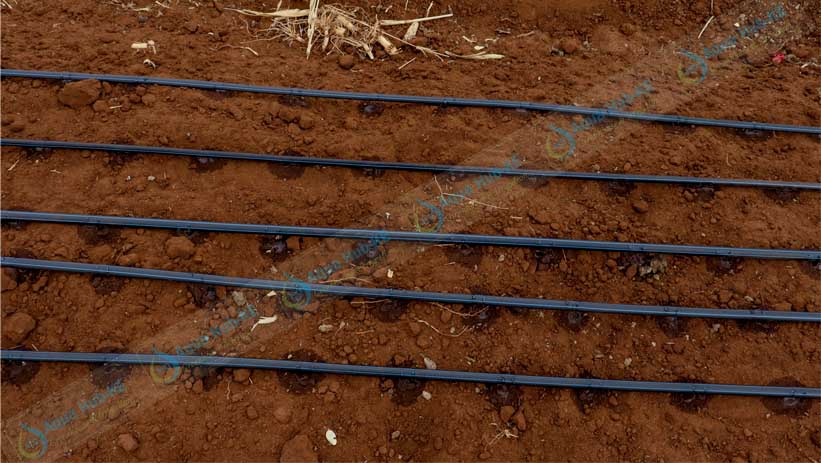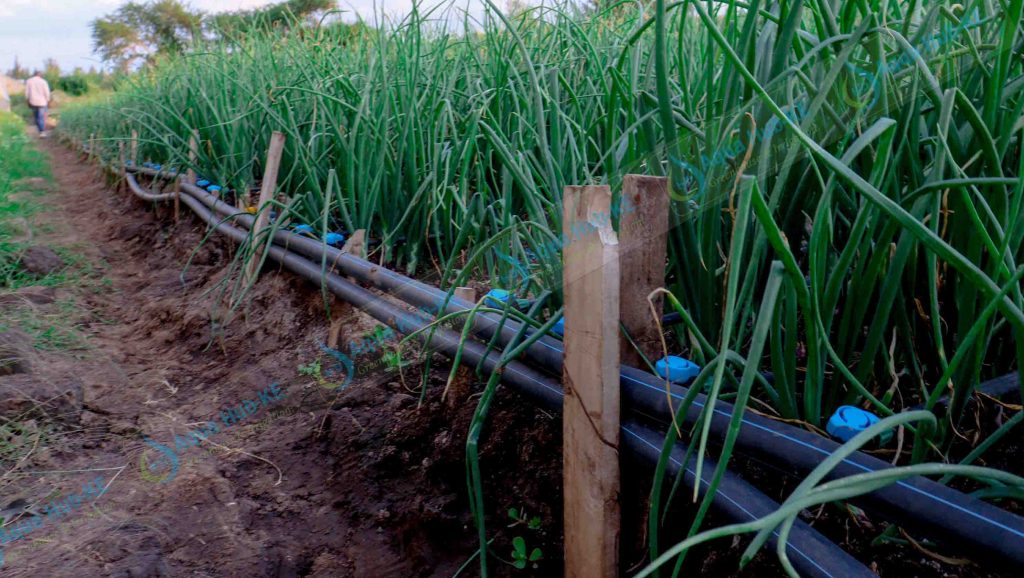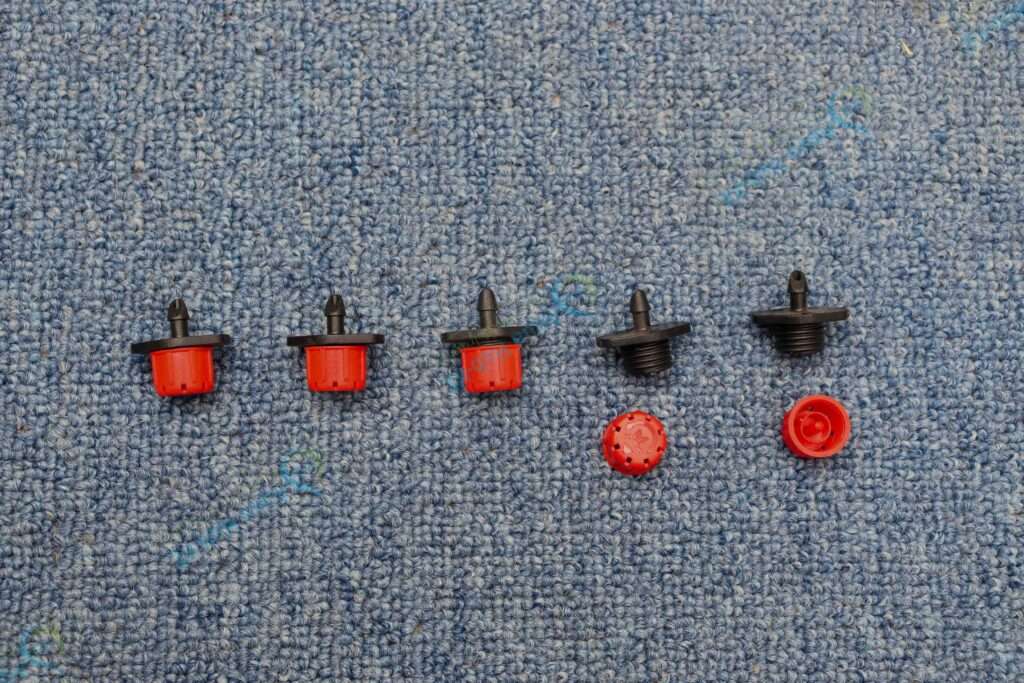Blog
Onion Drip Irrigation Kits in Kenya
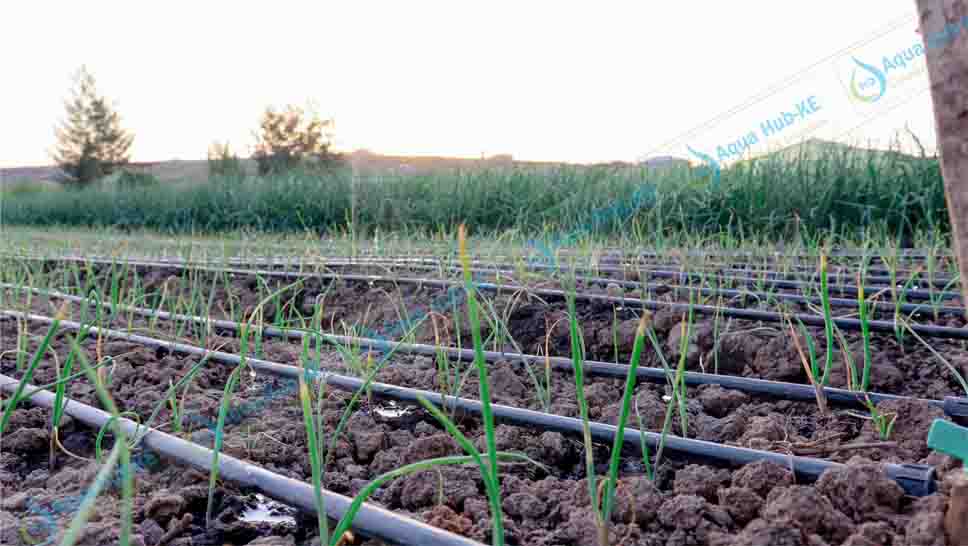
Onion farming in Kenya has evolved into a profitable venture for smallholder and commercial farmers alike. From the bustling markets of Nairobi to rural trade centers, the demand for onions is high year-round. However, to achieve consistent yields and quality, efficient irrigation is non-negotiable and that’s where onion drip irrigation kits come into play.
This article explores everything you need to know about onion drip irrigation kits in Kenya to help you get the most from your farm.
Buy Onion Drip Irrigation Kits from Aqua Hub
Aqua Hub LTD is a reliable Onion drip irrigation kits supplier in Kenya offering quality and affordable accessories.
Call 0790719020
Why Onion Farming Is a Game-Changer in Kenya
- High demand year-round in local and export markets.
- Short maturity cycle (3–5 months depending on variety).
- High value per acre compared to many cereals.
- Storage potential after harvest allows for price timing.
But here’s the catch onions require consistent water at critical stages. Irregular watering leads to split bulbs, low yields, and disease. That’s where drip irrigation becomes essential.
Ideal Conditions for Onion Farming in Kenya
|
Factor |
Optimal Condition |
|
Altitude |
800m – 2,000m above sea level |
|
Soil type |
Loamy, well-drained, fertile |
|
Soil pH |
6.0 – 6.8 |
|
Temperature |
13°C – 35°C |
|
Rainfall |
500 – 700 mm/year (supplement with irrigation) |
|
Sunlight |
Full sun, minimum 6–8 hours/day |
Drip irrigation systems allow you to precisely manage water supply, making it possible to grow onions even in semi-arid regions like Machakos, Kajiado, and parts of Baringo.
What Is an Onion Drip Irrigation Kit?
An onion drip irrigation kit is a tailored irrigation system designed to deliver slow, consistent water directly to the root zone of each onion plant through a network of pipes and emitters.
Key features of onion drip kits
- Uniform water distribution
- Reduced weed growth
- Minimal water wastage
- Compatible with fertigation (applying fertilizers through irrigation)
These kits are designed with onion plant spacing and water needs in mind.
Types of Onion Drip Lines in Kenya
Drip lines are the backbone of a drip irrigation system. The right choice determines efficiency and yield.
Inline Drip Lines

Emitters are pre-installed inside the pipe.
- Common spacing: 15 cm, 20 cm and 30 cm.
- 15cm driplines are best for onion fields.
- Durable and clog-resistant
Online Drip Lines
Emitters are inserted manually at desired intervals.
- Flexible for non-uniform spacing
- Ideal for undulating terrains
What’s Included in a Complete Onion Drip Kit Package?
A standard drip irrigation kit for onions includes everything a farmer needs to start watering immediately:
Basic Components
- Main pipe (HDPE): Delivers water from the tank to the plot.
- Sub-main line: Distributes water to different lateral lines.
- Drip lines (laterals): With built-in emitters at specific intervals.
- Filter (screen or disc): Prevents debris from blocking emitters.
- Control valves: Regulate flow to different sections.
- Fittings: Joiners, end caps, tees, elbows, starters.
- Tank connector: To connect the system to your water source.
- Fertigation unit (optional): For applying liquid fertilizers.
Sizes vary depending on acreage. A 1-acre kit may come with 2,000–2,500 meters of drip line.
Cost of Onion Drip Kits in Kenya
|
Farm Size |
Estimated Cost (KES) |
|
1/8 acre |
20,000 – 25,000 |
|
1/4 acre |
40,000 – 55,000 |
|
1/2 acre |
70,000 – 90,000 |
|
1 acre |
135,000 – 180,000 |
How to Select the Right Onion Drip Irrigation Kit
Choosing the right drip kit requires evaluating several factors:
- Spacing
- If your onion rows are 30 cm apart, use 15 cm emitter spacing.
- Water Pressure
- Onion drip kits work well at 0.5 – 2 bars.
- Gravity systems (using raised tanks) require elevated tanks (2–3 meters high minimum).
- Farm size and terrain
- Consider the size of your farm to ensure you choose the right size and number of driplines.
- Sloped fields may need pressure-compensated lines.
- Water Source
- Ensure a reliable, clean water source.
- Invest in filtration if water contains sand or organic matter.
- Durability and Warranty
- Choose UV-treated and clog-resistant drip lines.
How to Install an Onion Drip Irrigation Kit
Installation can be done by farmers with basic training or by professional installers. Here’s a simplified step-by-step process:
- Plan layout based on farm size and crop spacing.
- Clear the land and level it to ensure uniform water flow.
- Lay the main line from the tank to the field.
- Connect sub-mains and laterals based on row layout.
- Punch holes in the main line and insert starter connectors.
- Lay the drip lines along each onion row.
- Install a filter and valves near the tank or pump.
- Test the system by running water and checking for leaks or blocked emitters.
- Fix end caps to avoid water loss at line endings.
Professional installation ensures correct layout and pressure balancing.
Onion Propagation: From Seedling to Transplanting
Proper propagation is the foundation of a successful onion crop:
Seedling Preparation
- Use seedling trays or raised nursery beds.
- Use light, sterile media like coco peat or compost mix.
- Germinate seeds in a shaded area and water daily.
Hardening Off
- At 30–45 days (with pencil-size thickness), gradually expose seedlings to full sun for 7–10 days before transplanting.
Transplanting
- Transplant in rows 30 cm apart.
- Water immediately after transplanting using your drip system.
Watering and Management of Onion Plants
Onions need water throughout growth, but especially during:
- Bulb Formation stage – 4–6 weeks before maturity
- Initial establishment
Onion Drip Irrigation Schedule
|
Growth Stage |
Frequency |
Duration per irrigation |
|
Seedling stage |
Daily |
20–30 minutes |
|
Vegetative stage |
Every 2 days |
30–45 minutes |
|
Bulb Formation stage |
Daily |
45–60 minutes |
|
Maturity stage |
Reduce gradually |
Stop 2 weeks before harvest |
Avoid overwatering at maturity—it causes rot and splits.
Tips for High-Quality, High-Yield Onion Harvests
- Maintain consistent irrigation
Water stress affects bulb size and quality.
- Use fertigation
Apply nutrients like DAP, CAN, and potassium nitrate through the drip line for better uptake.
- Weed regularly
Drip irrigation reduces weeds, but manual weeding is still needed.
- Pest and Disease Control
Use integrated pest control methods such as crop rotation, and recommended pesticides.

